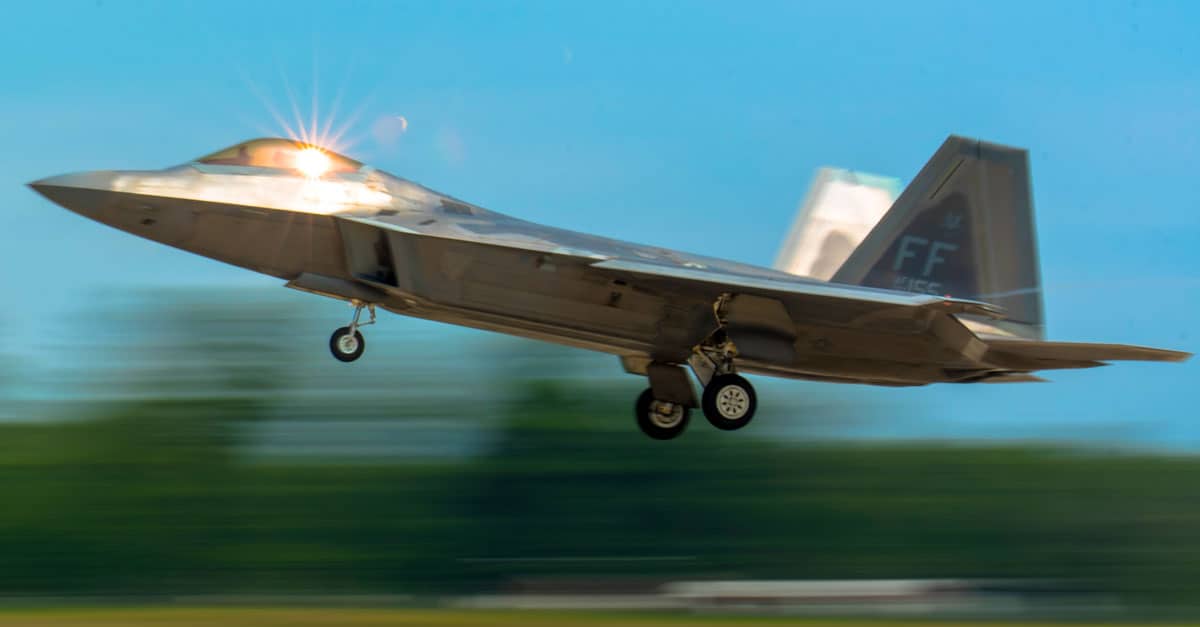46. F-22 First Flight Was in 1997

On April 9, 1997, the first F-22 Raptor was revealed at Marietta, Georgia. It was an Engineering & Manufacturing Development (EMD) aircraft with the tail number 4001. The EMD first flight this F-22 on September 7, 1997. Following the flight, the aircraft was used for live-fire testing. At Edwards Air Force Base, California, EMD continued subsystem and system testing and flight test with nine aircraft.
